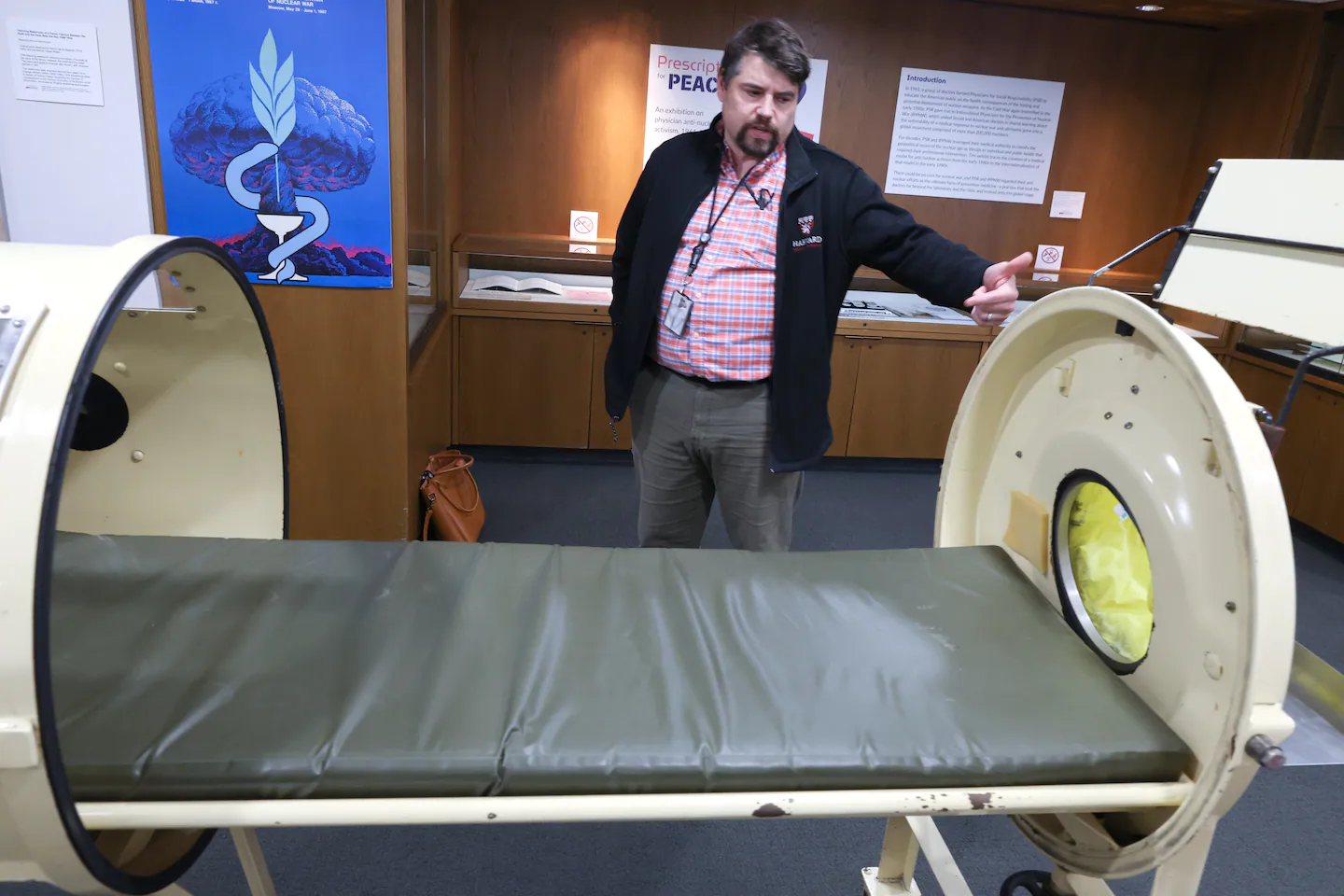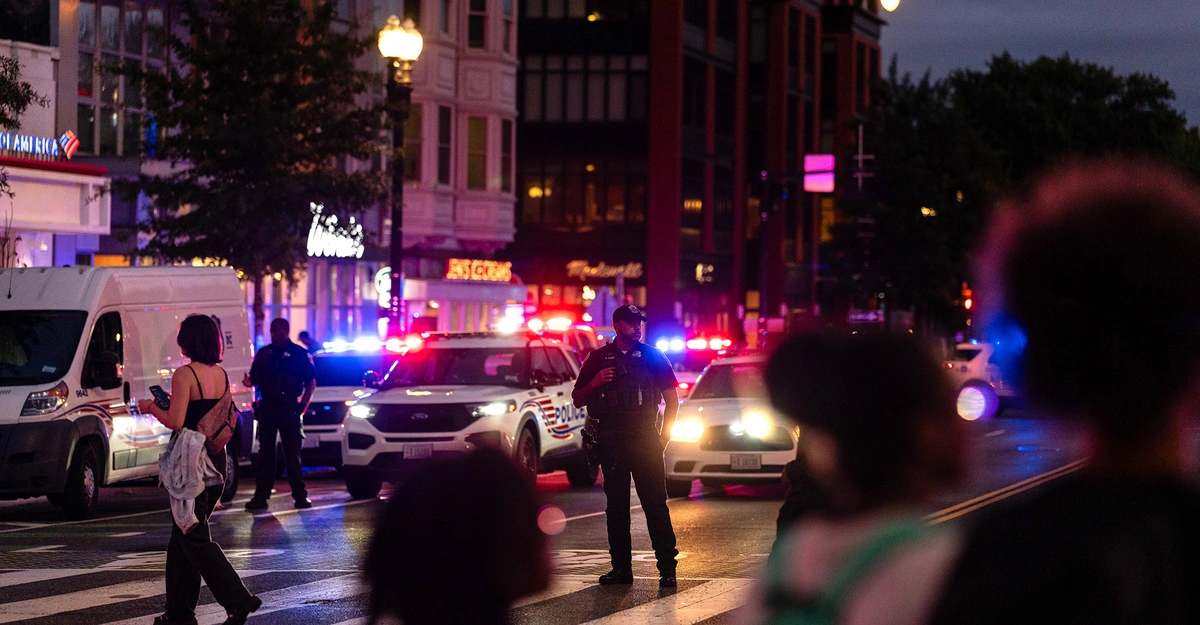
President Trump last week implicated vaccines for the rise of US autism cases, a claim that has been repeatedly disproven, and advised parents to space out vaccinations for their children instead of getting them all at once. Public health experts say delaying childhood vaccinations in this fashion would increase the risk of infection.
Convincing people who are against or indifferent to vaccines to stick to childhood vaccination schedules has become a particular challenge, according to health professionals — even with measles cases skyrocketing in different parts of the country. Doctors say they’re fighting rampant online misinformation about vaccines and a generation of people who didn’t grow up with infectious disease outbreaks before mass immunization.
“I’ve argued that people don’t seem to be impressed by measles, pertussis, or influenza. But let’s suppose there were a couple of children who are paralyzed by polio. Would that change then?” said Dr. Paul Offit, director of the Vaccine Education Center at the Children’s Hospital of Pennsylvania. “I’m a child of the ’50s, so for me, polio has a real emotional resonance.”
A Health and Human Services spokesperson referred a request for comment to the White House, which did not respond.
Polio was one of the most feared diseases, killing thousands, mostly children, and leaving thousands more — including President Franklin D. Roosevelt — disabled for life.
In the summer of 1955, Massachusetts reported more than 2,000 polio cases, with Boston Children’s Hospital admitting more than 650 children with the disease. Maintenance crews had to create a special area for emergency admissions in the lobby, and by August 1955, polio patients accounted for 66 percent of Boston Children’s patients.
Many of those children required the iron lung as they struggled to breathe, their chest muscles unable to inflate their lungs. Hospital wards full of children in the hulking vessels came to define the era.
The first model of the iron lung used clinically was developed by Harvard Medical School faculty members Philip Drinker and Louis Agassiz Shaw in the 1920s. It was quickly improved upon by the J.H. Emerson Co., a Cambridge firm that manufactured the 800-pound machines until 1970, according to The Ohio State University’s Medical Heritage Center.
The polio vaccine, which became a regular part of the childhood vaccine schedule, eliminated nearly all polio cases in the United States. It’s typically given in four doses between the ages of 2 months and 6 years.
For decades, many hospitals held on to a few iron lungs just in case, but virtually all of the remaining machines have moved to museums or into private collections. Someone with paralytic polio today would likely be treated with a more modern ventilator than the iron lung. Outside of the vaccine, there remains no cure for someone who contracts the disease.
In 2018, Brigham and Women’s Hospital moved its remaining iron lung to Harvard Medical School’s Countway Library. It hasn’t been maintained since early 2004, according to a record tag on the machine.
Professors occasionally bring students to the library basement to view the iron lung, said Dominic Hall, who manages the school’s anatomy and artifact collections at Harvard’s Center for the History of Medicine. During the early days of the COVID-19 epidemic, researchers briefly considered whether the now-outdated machines could be of use.
“Everybody was like, ‘We have a problem that we need to solve. Could we find inspiration? And not just inspiration, could we find actual use in these older devices?’” Hall said. “The world sort of caught up quickly enough that they didn’t have to start pulling out iron lungs.”
One of the last users of an iron lung in the United States, Paul Alexander of Dallas, died in 2024 at the age of 78. He had contracted paralytic polio as a child and had to rely on an iron lung for the rest of his life, and even so was able to get bachelor’s and law degrees and worked as a lawyer.
Alexander found TikTok fame in his final months, documenting his life in the machine and responding to questions from people who had never heard of or seen an iron lung.
With his iron lung, similar to the one stored at Harvard, humming in the background, Alexander spoke in one of his videos about the isolation and hardship caused by his post-polio complications.
“I’ve been locked in this machine and cannot get out. I love the sun but I haven’t felt it in a long time. It’s lonely,” Alexander said just over a month before his death. “Sometimes it’s desperate.”
In 2022, an unvaccinated person in New York was partially paralyzed by a polio infection. The New York State Department of Health announced the virus was also found in New York City waste water samples.



